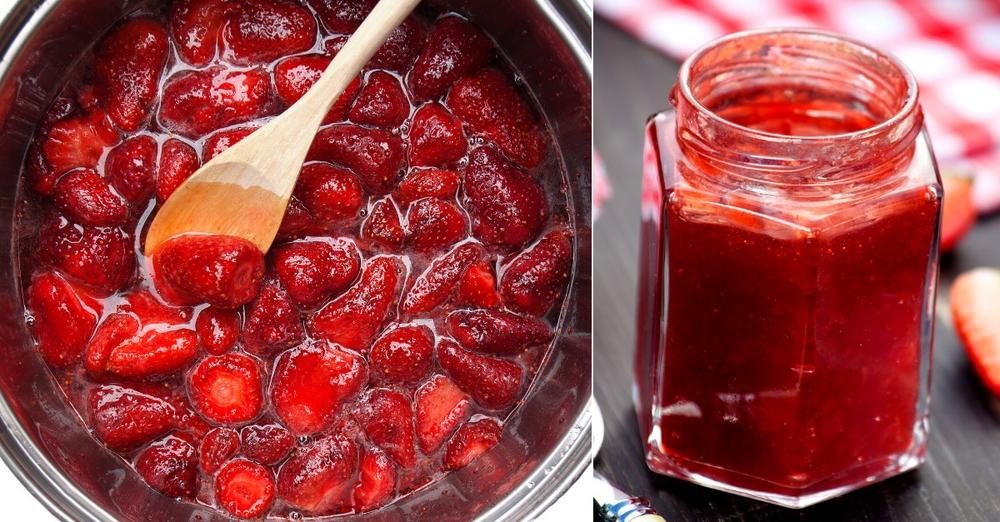Here Are The Peculiar Definitions That Differentiate Preserves, Jam And Jelly
Preserves. Jam. Jelly. There are many things that these three food items have in common but that doesn't make them the same. Although they are made from fruits, the major difference is that they are each made from specific parts of the fruit. No lesson learnt is ever a loss so read on below for the things that define preserves, jam and jelly.
;Resize,width=742;)
What's a better breakfast combination than toast topped with a delicious spread of jam, jelly or preserves based on your personal preference. Very little else can beat the natural sweetness of preserved fruits but did you know that there are distinct differences between these products?
The terms, jam, jelly and preserves are commonly used interchangeably but that isn't correct. Although they have similar flavors and sometimes, consistency, they have characteristics peculiar to each of them. Knowing these differences will not only add to your arm of food knowledge but it will also help you pick the right one for your meals, whether you need a delicious spread for toast or a fruity addition to your yogurt bowls.
Here's The Major Difference Between Jam, Jelly, And Preserves
These condiments are all made from fruits but the differences emerge when you start to consider which fruit parts, and other ingredients, go into the mixture.
JELLY — is made from the juice of fruits. So, it is typically void of fruit chunks unlike its counterparts as recipes require you to sieve the seeds and chunks from the juice. Jellies obtain their thick consistency thanks to pectin which is naturally occurring in fruits and causes thickening after boiling down. Some fruits with high pectin content are apples, grapes, currants, and cranberries which explains why they're most commonly used to make jelly!

JAM — is made from whole fruits that are mashed, crushed or chopped and then cooked down with sugar. Unlike jellies, jams typically contain chunks of fruits as well as seeds that provide a crunchy texture. Experts commonly describe jam as having a chunkier but looser texture, which makes it easy to take scoops out of a jar. Pectin may be added to jams but this time, it's only to achieve a thick consistency.

PRESERVES — are also thick and cooked down like jams. However, they are known to have larger pieces of fruit or even whole berries, making them the closest thing to actual fruits. Preserves may have a thick texture like jam or be of a thin liquid base. Ultimately, preserves appear to be large chunks of fruit that are held together by a firm and jelly-like base. To prepare, whole fruits are cleaned, pitted and then allowed to simmer with pectin and sugar over low heat.

Now you know the exact differences between jams, jellies and preserves so you can make the right choice for your recipes. Enjoy!
;Resize,width=767;)
;Resize,width=712;)

;Resize,width=712;)
